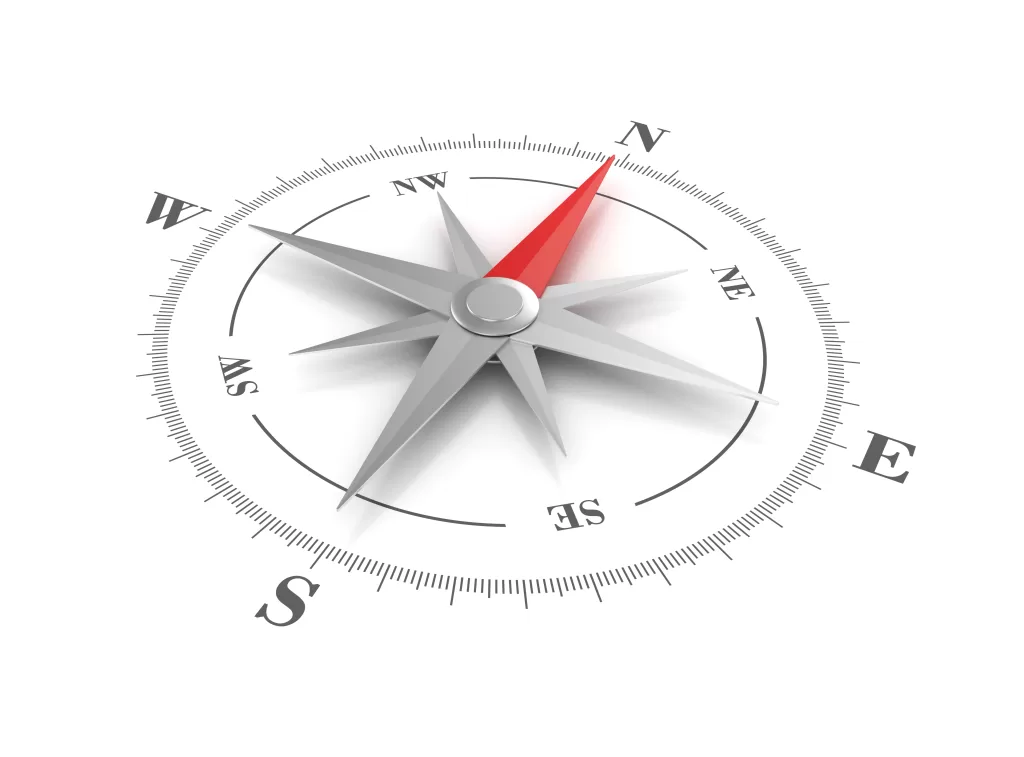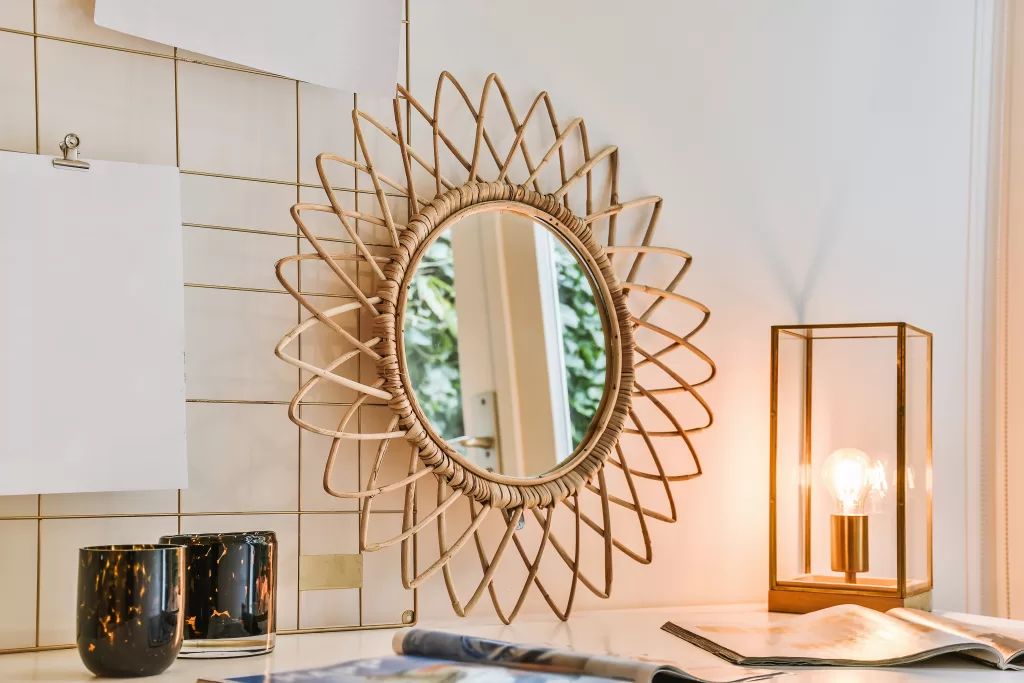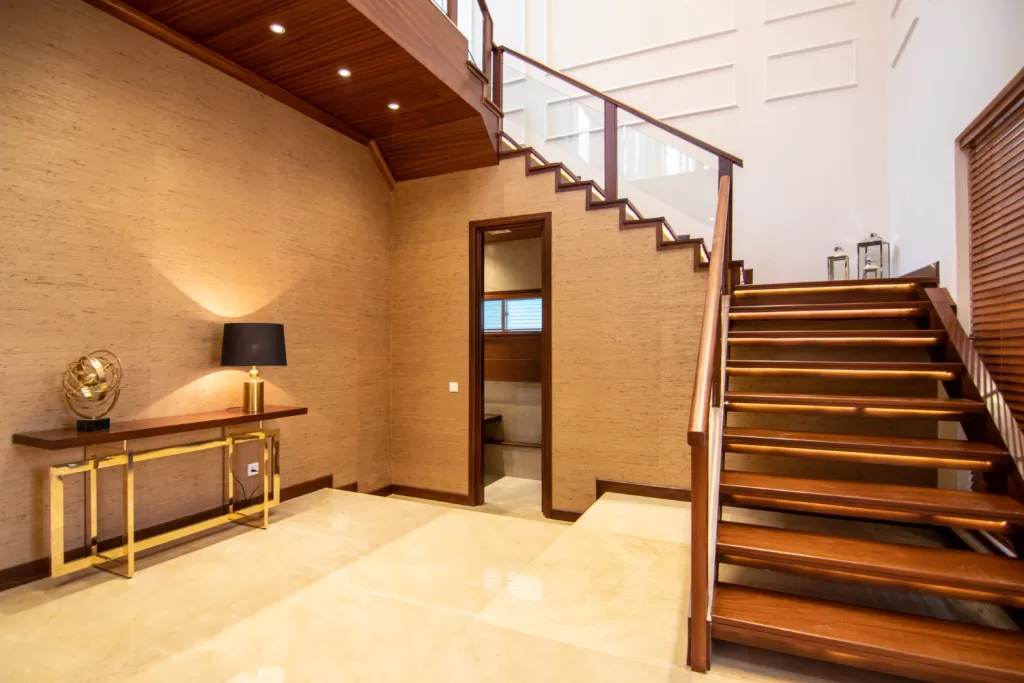You can rely on Vastu Shastra to enhance the design of your dream home. Vastu Shastra has been around for centuries, and the majority of its aspects are still relevant as it promotes health and well-being of the home dwellers. One can benefit by applying the principles of Vastu Shastra with the help of a vastu chart in the construction or remodelling of their home. By creating a basic outline of the home using a Vastu chart, you can get a solid building plan for your house in a convenient manner. This article explains what a vastu chart is and how you can use one for your home.
What is a Vastu Chart?
The Vastu Purusha Mandala is represented through a diagram; it is a metaphysical square plan illustrating the pinning of a mythical being called ‘Vastu Purusha’ by 44 gods and Lord Brahma. The Vastu Purusha Mandala dictates which area of the house is most suitable for a particular room in accordance with the nature of the deity ruling that area.
According to ancient texts, it is believed that the correct way to build a home is by following the principles of Vastu Shastra. The Vastu Purusha Mandala is one of the 5 vastu principles that guide the design and plan of a building to ensure it is proportionate and aesthetically pleasing. The Vastu Purusha Mandala is used to create a Vastu Chart.
How to Use a Vastu Chart?
Proportion, sunlight, and directions among others are some key elements included in a Vastu chart for a house. The Vastu chart is divided into 9 parts, and there are specific Vastu guidelines for room placements in it.
| Outline of Vastu chart for home | ||
|
North-west:
*This direction is believed to be governed by Lord Vayu according to Hindu mythology and associated with change in friendship, enmity, and business. |
North:
*Avoid bedrooms *This direction is believed to be governed by Lord Kuber according to Hindu mythology and associated with wealth and prosperity. |
North-east:
*Avoid toilet, kitchen, and septic tank *This direction is believed to be governed by Lord Ishwar according to Hindu mythology and associated with religion and trinity. |
|
West:
*Avoid basement *This direction is believed to be governed by Lord Varun according to Hindu mythology and is associated with pleasure and prosperity. |
*This is believed to be governed by Lord Brahma according to Hindu mythology.
|
East:
*This direction is believed to be governed by Lord Indra according to Hindu mythology and is associated with progress and growth.
|
|
South-west:
*Avoid basement or water body *This direction is believed to be governed by the demon ‘Nairut’ according to Hindu mythology and associated with purity and cleanliness. |
South:
*Avoid basement or water body *This direction is believed to be governed by Lord Yama according to Hindu mythology and associated with pleasure, wealth, and peace. |
South-east:
*Avoid basement or water body *This direction is believed to be governed by Lord Agni according to Hindu mythology and associated with health.
|
Benefits of Vastu Chart for Home
It is believed that by following a vastu chart to create your home, you can live in harmony with nature and enjoy the benefits of good health, wealth, and happiness.
A vastu chart balances the five elements—fire, water, earth, air, and space—in unison to create the most appropriate living environment for home dwellers. This encourages good health and positive state of mind. The atmosphere created by following a vastu chart allows the sun and earth’s magnetic field, and earth’s energy field to work in the residents’ favour.
Good ventilation, ample exposure to sunlight, proper lighting, and enough privacy can be incorporated into the home by using a vastu chart to create the blueprint of your house.
Vastu Shastra emphasises on the importance of sunlight for human beings to create a suitable house plan. A vastu-compliant home ensures that the residents are exposed to sunlight according to the circadian rhythm even if they remain inside the house throughout the day. Proper implementation of Vastu chart ensures that the residents of a home remain energetic the whole day and promotes a clutter-free, bright atmosphere in the house.
Although there is an optimum arrangement of different things according to a vastu chart for home, it is not always possible to find an ideal space for living. For example, according to Vastu Shastra the main entrance of the home should be in the East or North, but what if your home’s main door is in the West? A Vastu chart can be modified to optimise your property and ensure you and other residents of the home lead a prosperous life in such cases.
You can consult an expert on Vastu Shastra or ask your architect to incorporate the principles of the vastu chart in your home. Additionally, ask the architecture about the building materials they are using to ensure that your home is strong and can endure harsh climate as well. For example, a super strong cement for construction like Portland Pozzolana Cement (PPC) can be used for all types of construction. Thus, it can be ideal for building your dream home.
FAQs
What is a Vastu chart for a home, and how is it different from a regular floor plan?
A vastu chart is a house plan that is based on the Vastu Purusha Mandala. However, a vastu chart can be created for a village, town, or country as well.
Why is a Vastu chart important when designing or purchasing a home?
A vastu-compliant home promotes health and well-being of the residents as it helps you live in sync with natural elements.
Can a Vastu chart be created for an existing home or is it only for new construction?
Yes. You can create a vastu chart for your existing home in order to remodel it according to Vastu Shastra principles.
What are the key factors that a Vastu expert considers when creating a Vastu chart for a home?
Size of the property, cardinal and ordinal directions, water bodies in or near the property, etc., are some key factors that a vastu expert will typically consider while creating a Vastu chart.
Can following a Vastu chart improve the overall well-being and prosperity of the occupants in a home?
Since a vastu-compliant home is well ventilated, receives ample sunlight, clutter-free, and well lit, it promotes good health and harbours a positive environment for the occupants.














